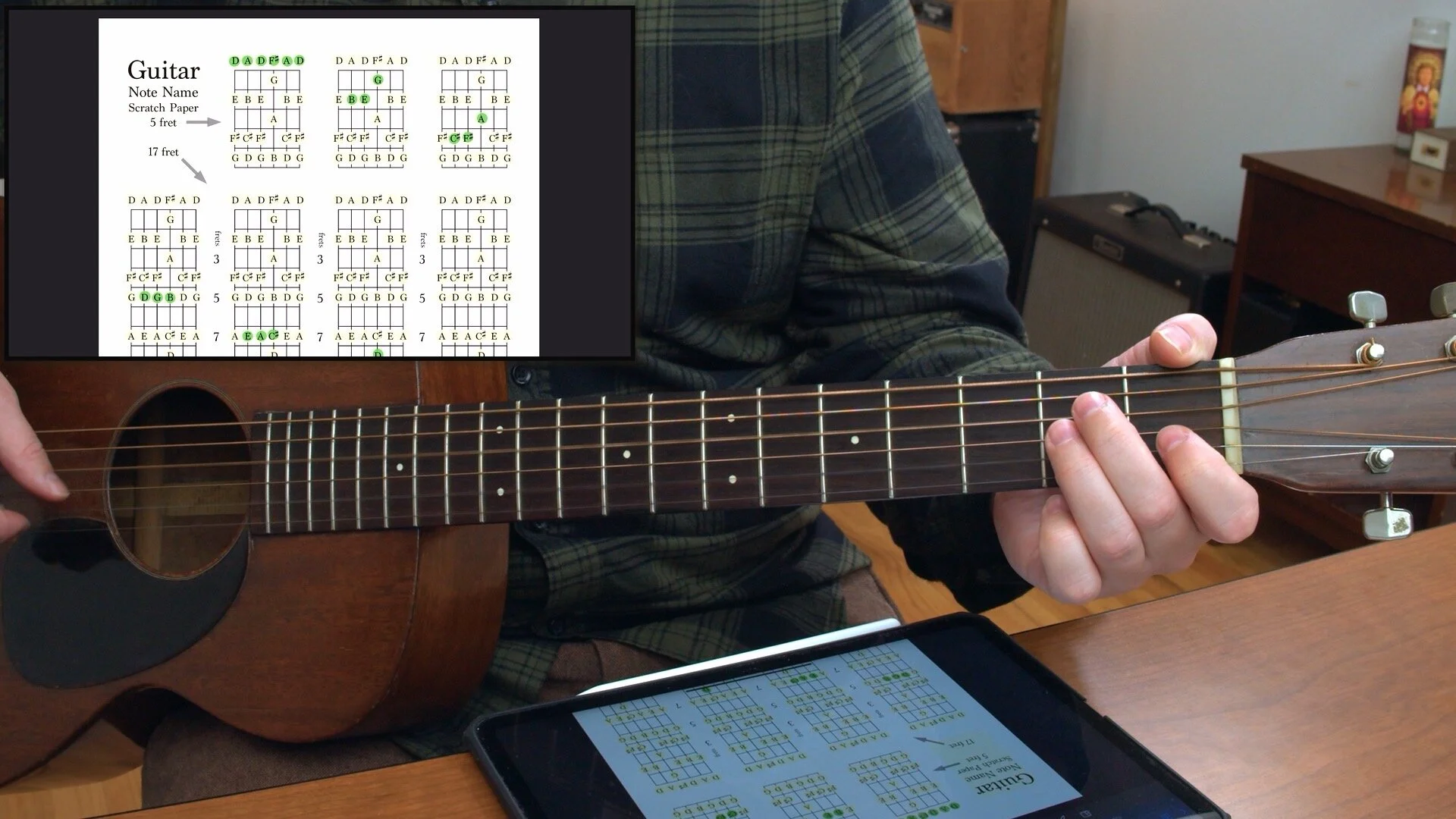


A Brief Tour of the Concepts Involved
Luke and I have been working on this video for YouTube for a few months and we think it's finally ready. It's intended to help people see the trajectory of leveling up your solos,
I'll be releasing it publicly sometime soon, but I wanted to drop it for my Patrons beforehand. Feel free to open the video on YouTube and leave a comment!
Here is the handy practice page: https://www.scottpauljohnson.com/5levels
For those of you who made a Patreon review video, THANK YOU SO MUCH! I will definitely use them, but it didn't work out to use them for this youtube video after all. If you'd like to make a video review of my Patreon for either website use or a future youtube video, here is the community forum post detailing what I'm looking for. Reviews like this make a huge difference to me so thank you again.
YouTube videos are tricky because I want to teach a full concept, but I would also like people to know that I have SO MUCH for them to learn over here on my Patreon. I also need a video to be constantly engaging so the algorithm likes it, otherwise no one will end up seeing it. If anyone is actually interested in the ins and outs of making YouTube videos, you can ask me on a live Q&A.
In this lesson I first talk about harmonizing a scale in thirds. Then I talk about bouncing from Root and 3rd to 3rd and 5th over a jam track. Then I add 5th and 7th. Then I start applying my melody making guidelines from MTM 17-19, showing how you can move through the scale in thirds to play harmonized melodic parts.
I LOVE this kind of this and I think you will too. I recommend being familiar with MTFG and MTMfirst, but I think you could learn a lot from this lesson after just a few MTFG lessson.
Navigating Options On The Fingerboard
This is a little one-off lesson I've been thinking about doing for a long time. Stringed instruments are weird, and guitar is no exception. One weird thing about stringed instruments is that many duplicate or "unison" notes can be found all over the fingerboard. In other words, you can play the exact same chord or scale or riff in multiple places. These tones are not different octaves, they are the same frequency.
I've attached two PDFs, one is a detailed, high color, printer-unfriendly recap of this lesson with a few examples. The other PDF is unison-finder scratch paper with subtle colors that are (hopefully) more printer friendly for those of you who want to print.
Here are a few questions for the community to ponder and discuss in the comments below or in the community forum: If your fingers are already comfortable, would there be any musical reason to play the same phrase or chord on different strings? Have you found that you prefer voicings on any particular set of strings, like strings 2, 3, & 4 or 4, 5, & 6? Is there a specific situation where you've used this unison note finder method to make something easier or better sounding?
Chord Progressions in Open D
In this lesson we explore how to make some fun chord progressions in Open D tuning - D A D F# A D
This tuning is beautiful but presents some interesting difficulties! We don't have enough fingers to make most of the chords in the key, but we can still play them by using drone notes that each chord will have in common. The result is a beautiful, complex-sounding set of options to play with.
Memorizing The Fingerboard
In this lesson I talk about how to speed up the "counting up from open" method of figuring out what note you're playing. We talk about BEAD at the 7th fret and some ways to use octave shapes to explore the fingerboard a little more.







